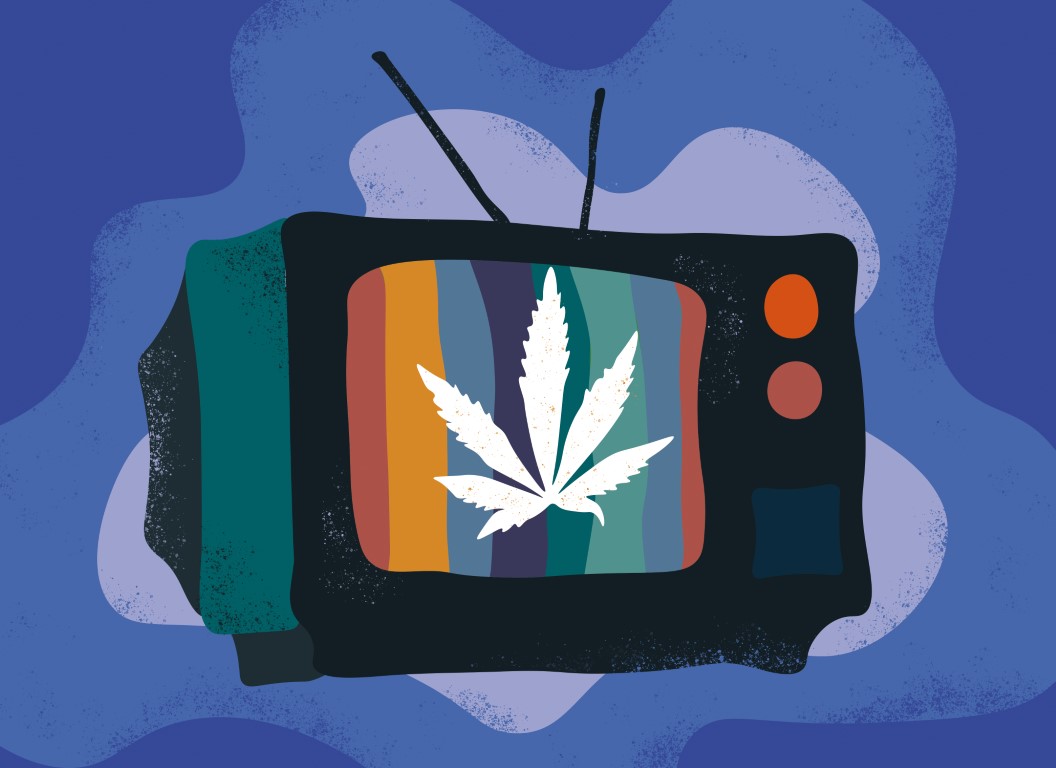
How the media views marijuana
By Matthew Fraser, Opinions Editor
From movies to music to TV shows and books marijuana usage has been widely embraced in the media. Despite the best efforts of many, movies about pot-smoking adventurers a la Pineapple Express have become Friday night staples. In fact, many celebrities are famous solely for their pot-smoking theatrics (the visages of Richard “Cheech” Marin and Tommy Chong being the most notable). But how has the embracing of these movies affected the image of smokers and the public at large? Even though these movies are widespread, commercially available, and sometimes quite old, the view towards marijuana seems to be more negative than neutral; has the widespread commonality of these movies furthered stereotypes or normalized bad behaviour?
Every year without fail (save for global pandemic years) April 20 elicits massive sales at smoke shops and runs on snack sections in every grocery store; Sunset Beach becomes host to a massive smoke-sesh party including an open-air concert from a notable rap artist. Yet, for all of the tolerance that marijuana seemingly enjoys it can’t shake the perception of bad behaviour attributed to its diehard fans. In classic movies like Half Baked the characters are depicted as bumbling fools permanently in the clutches of a weed haze. These types of imageries (for better or for worse) have cloaked marijuana usage in an image of immaturity. However, real-life pot smokers come in various packages from dedicated jiu-jitsu practitioners to office workers who are more than capable of maintaining healthy adult responsibilities. The reality of weed smoking is that it no longer exists solely for the permanently stupefied basement dwellers depicted in movies. Indeed, most people have coworkers or close acquaintances that blaze while maintaining professionality.
Though various movies have succeeded in spreading the image of marijuana, the most rehabilitating format for marijuana imagery has been music. The Rick James crafted anthem “Mary Jane” with its opening slap bass and violin, stirs an immediate sense of jubilation in the listener. Still other songs like “Smoke Two Joints” by Sublime lay a harder-edged groove and narrative to the green goddess. Even illustrious and multifaceted artists like Bob Marley have had the majority of their legacies subverted and consumed by their fondness for weed. The grand summation of the efforts of these artists has enshrined amongst listeners not only a respect but also an appreciative adoration for marijuana and its stress relieving effects. Simultaneously, songs like “Blueberry Yum Yum” by Ludacris invite even the most zealous opponent on a hazy and circuitous journey for weedhead survival essentials.
Though media has painted potheads en masse as simpletons of the highest degree, it has not dampened the interest in the stickiest of ickies. Whether enshrined in the narratives of Dave Chappelle or Snoop Dogg, weed has become a topic of certain acceptability at least amongst script writers and production houses. The most important step from here on out will be for day-to-day professionals to raise the outlook of day-to-day users.

